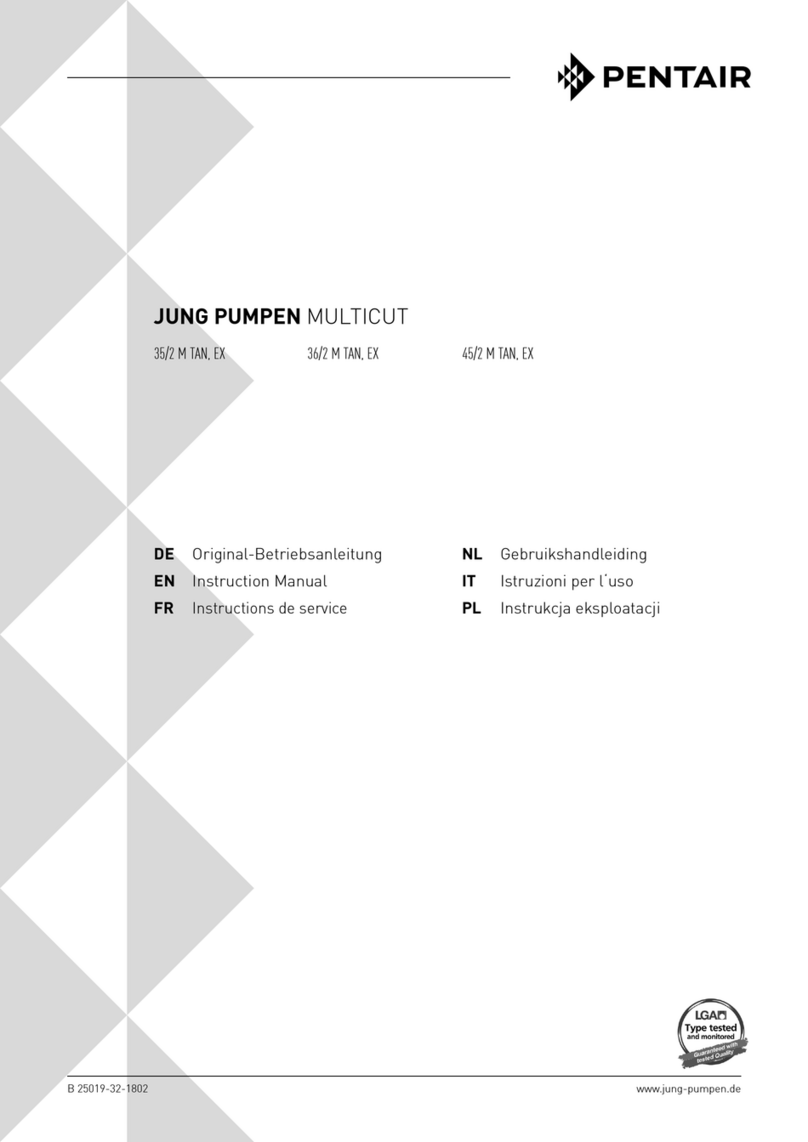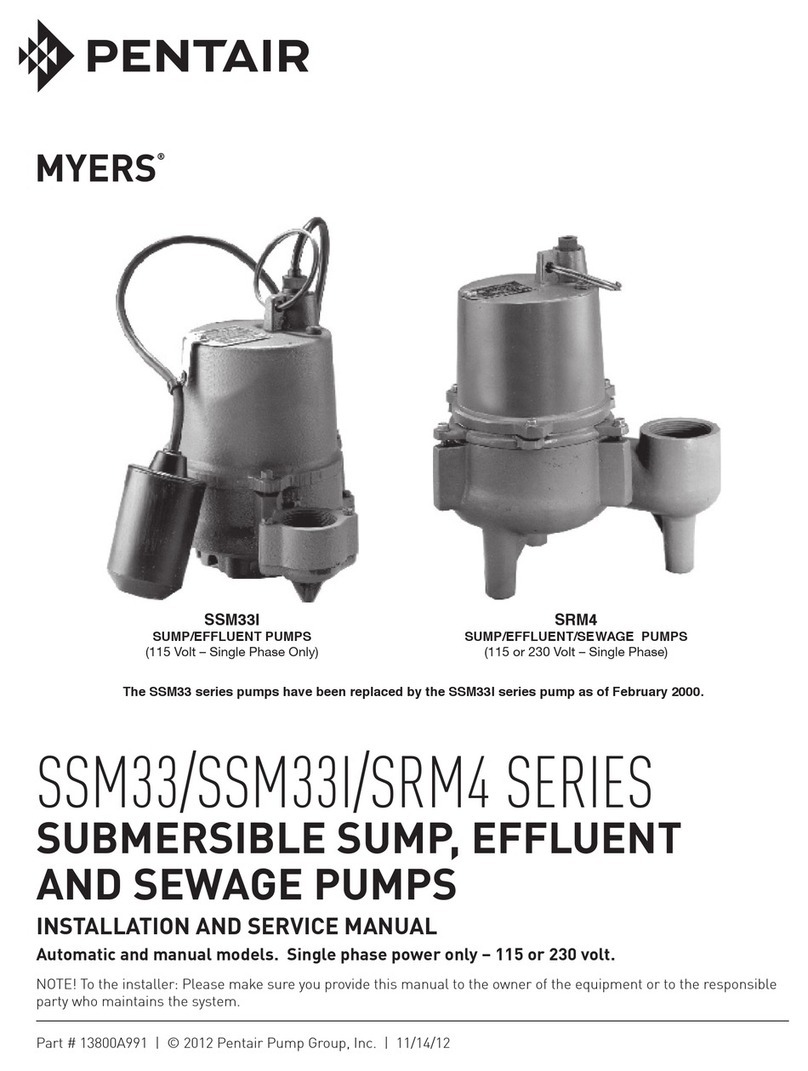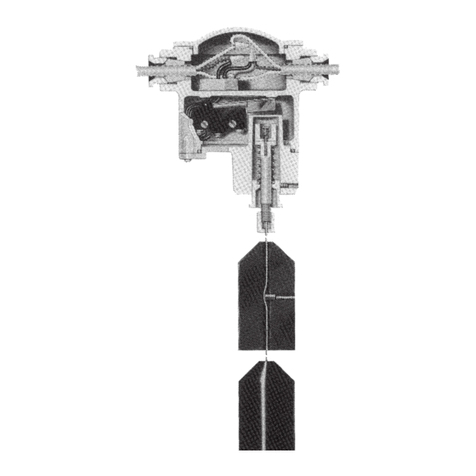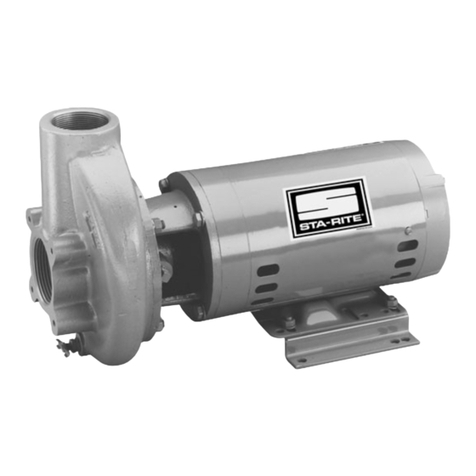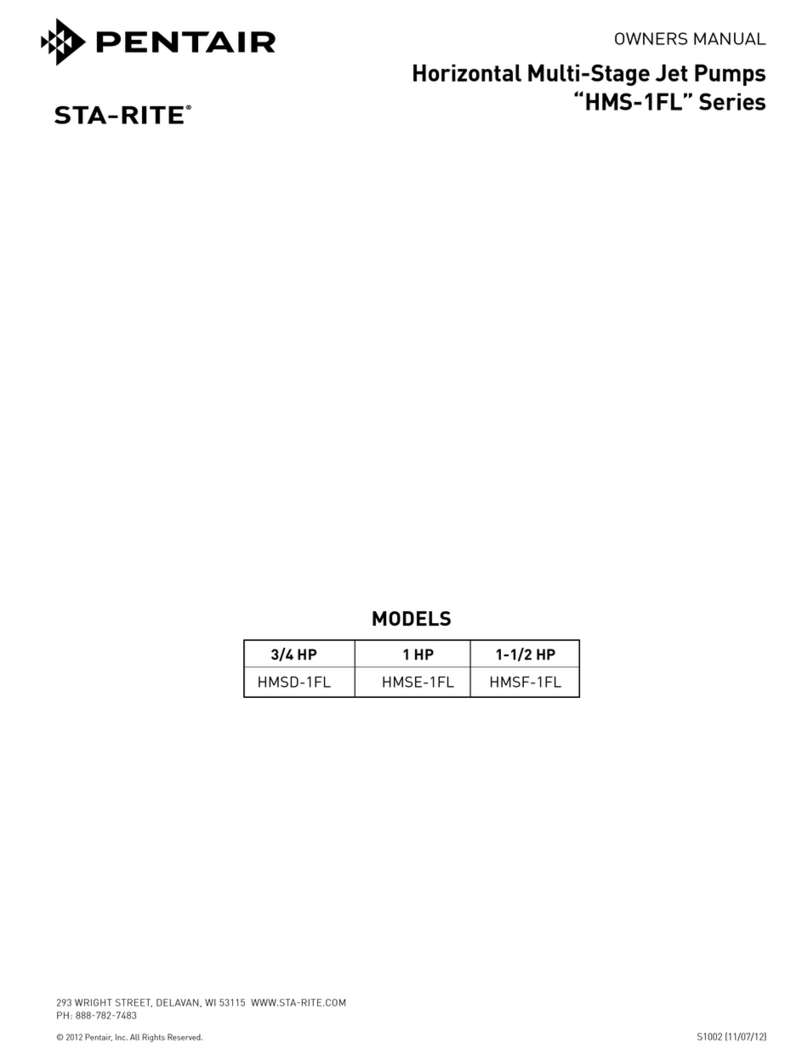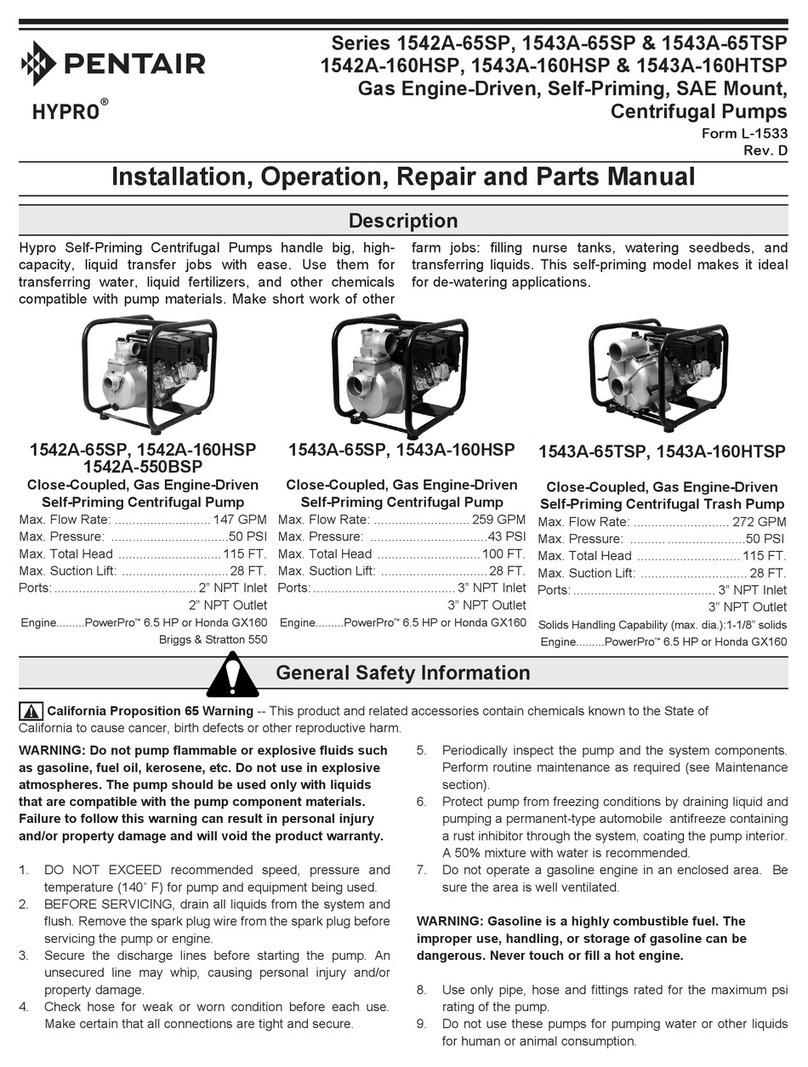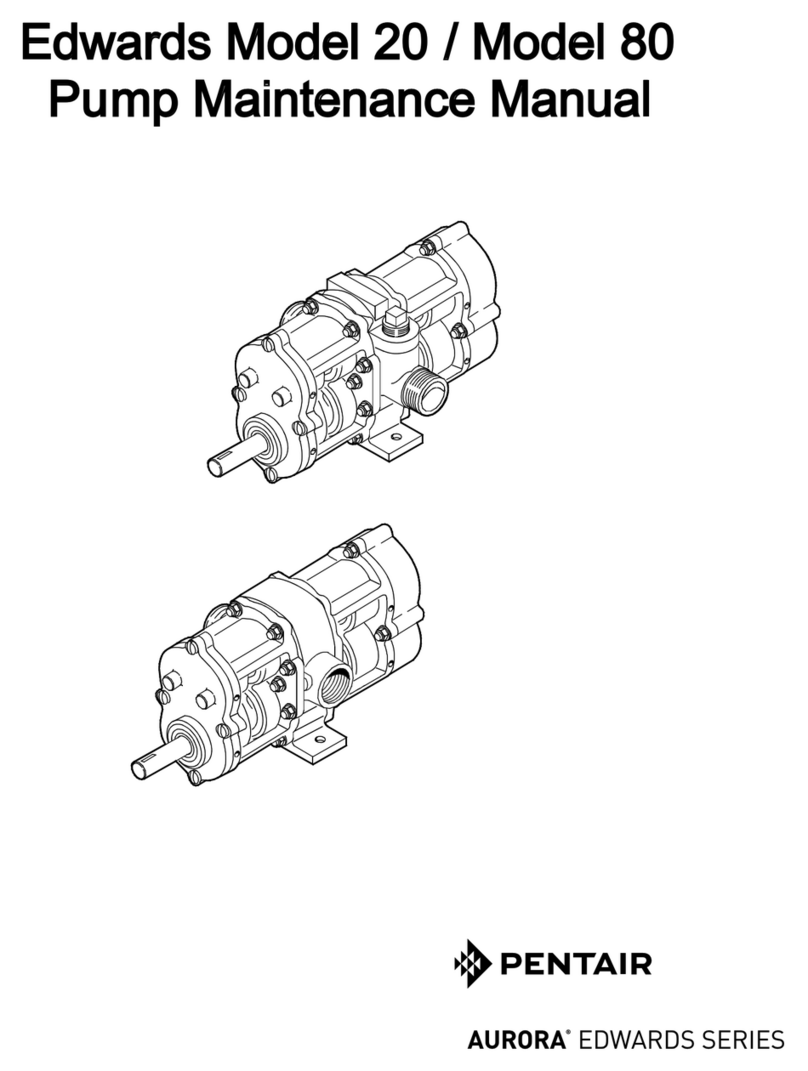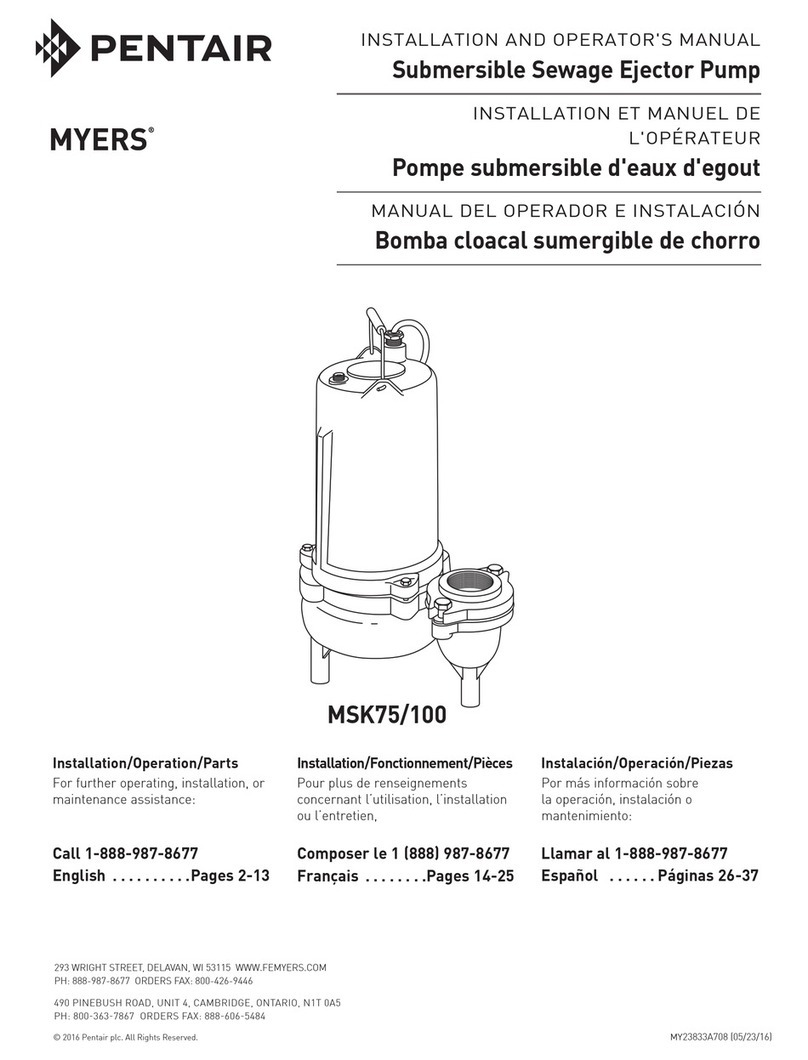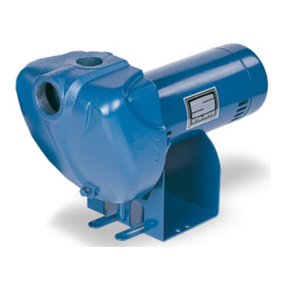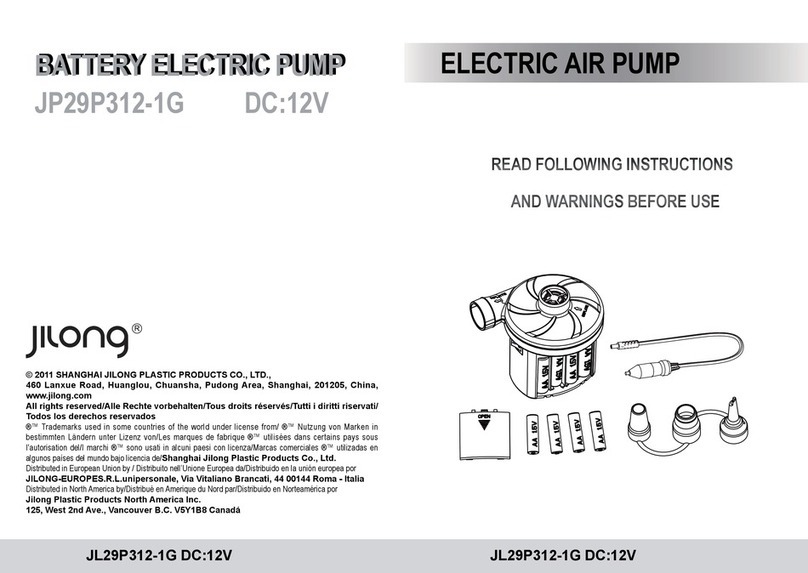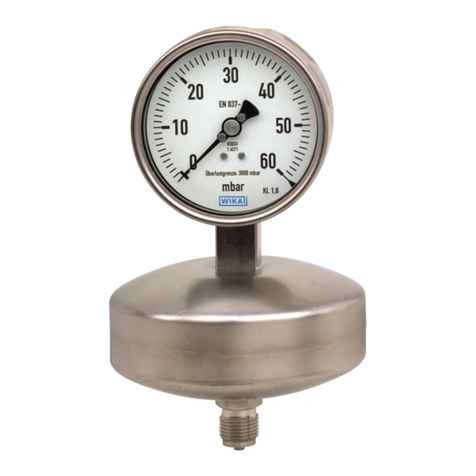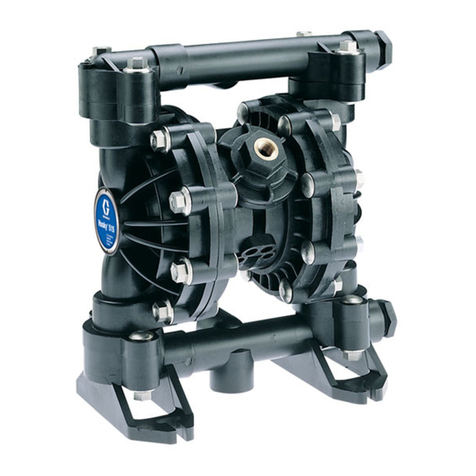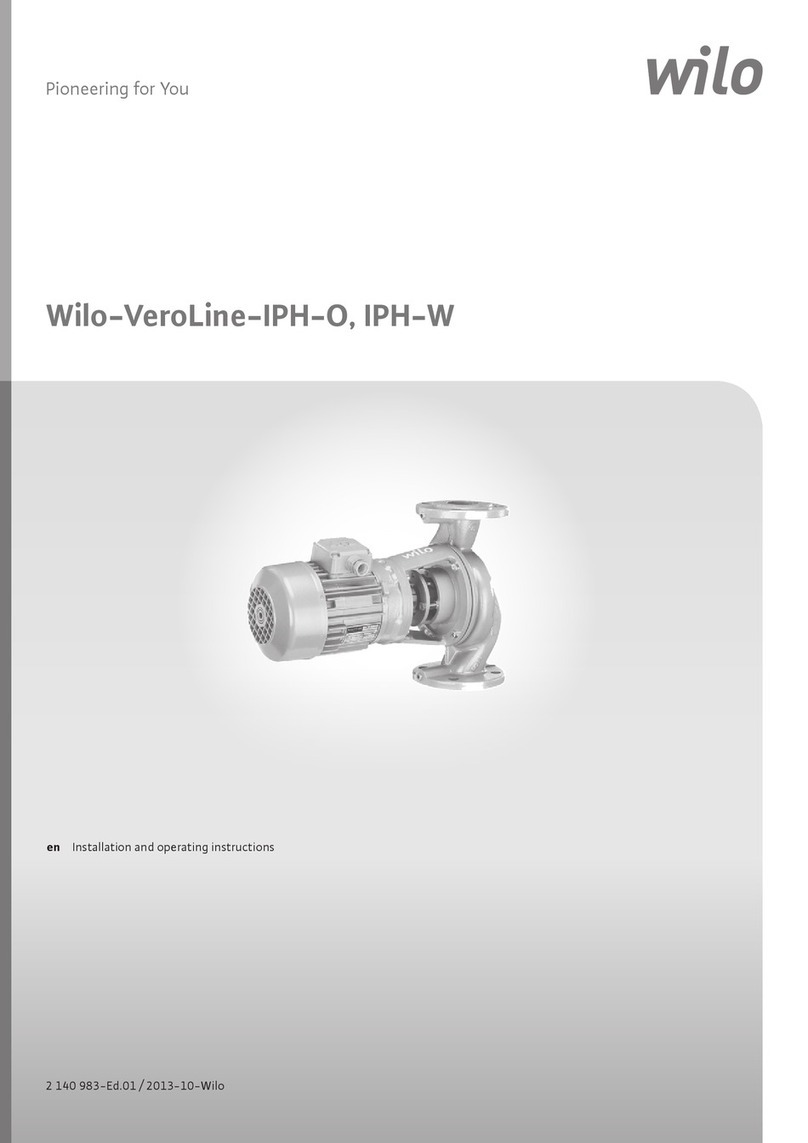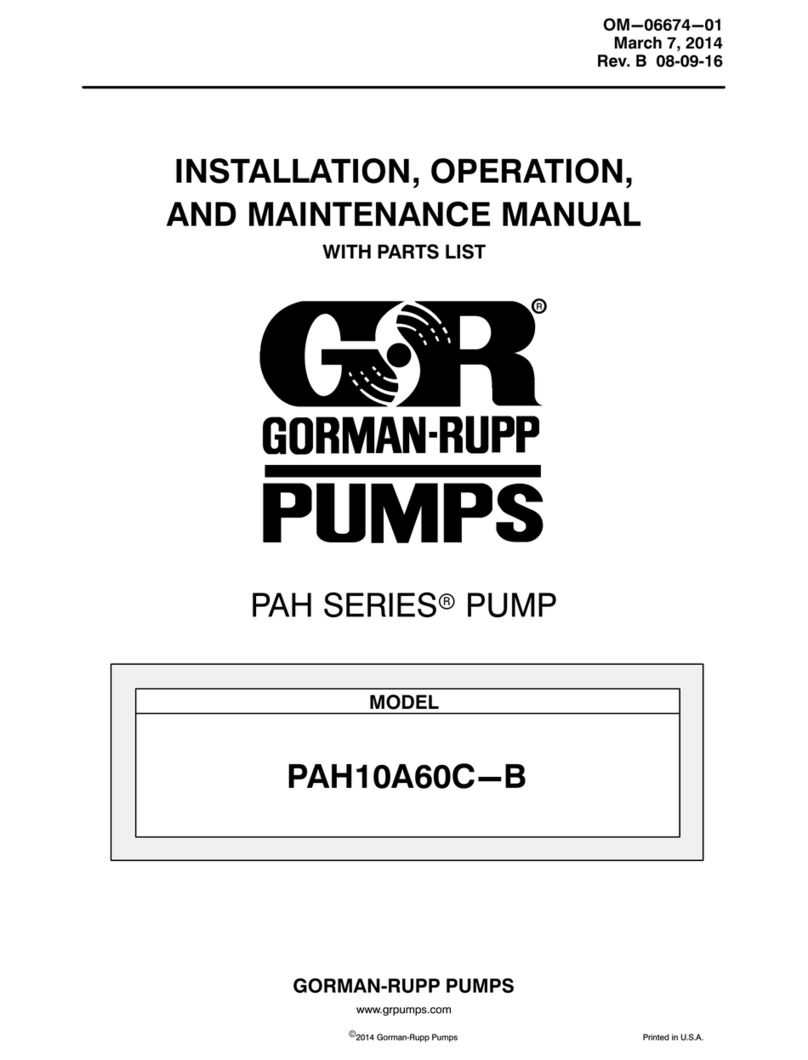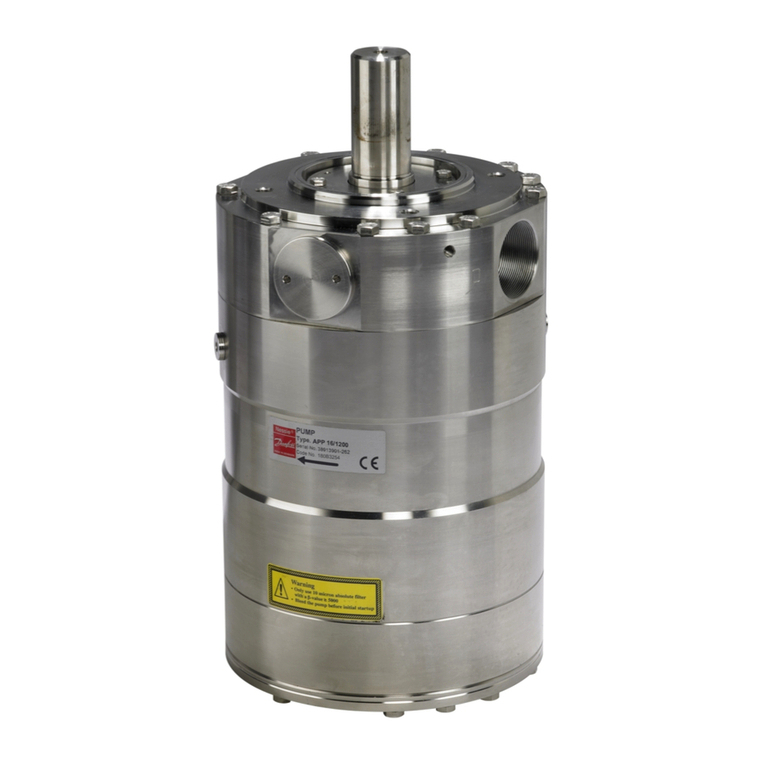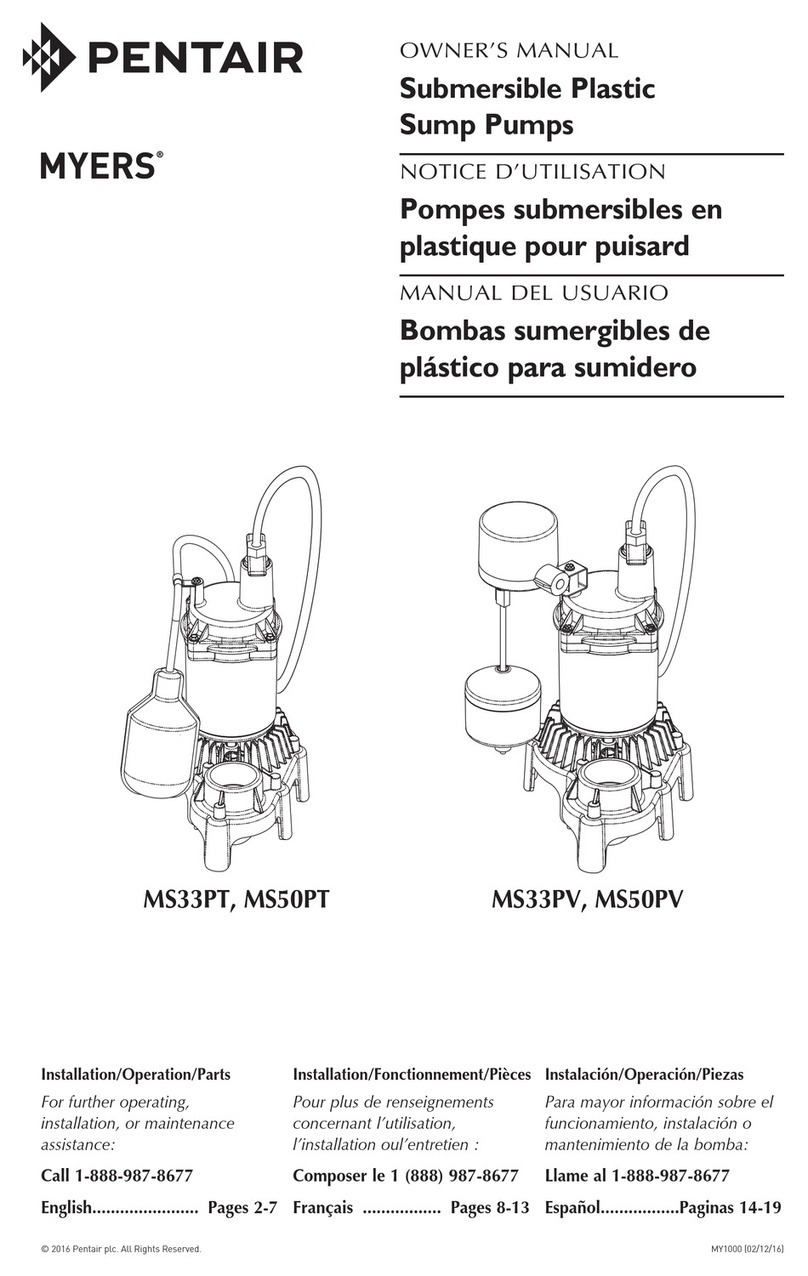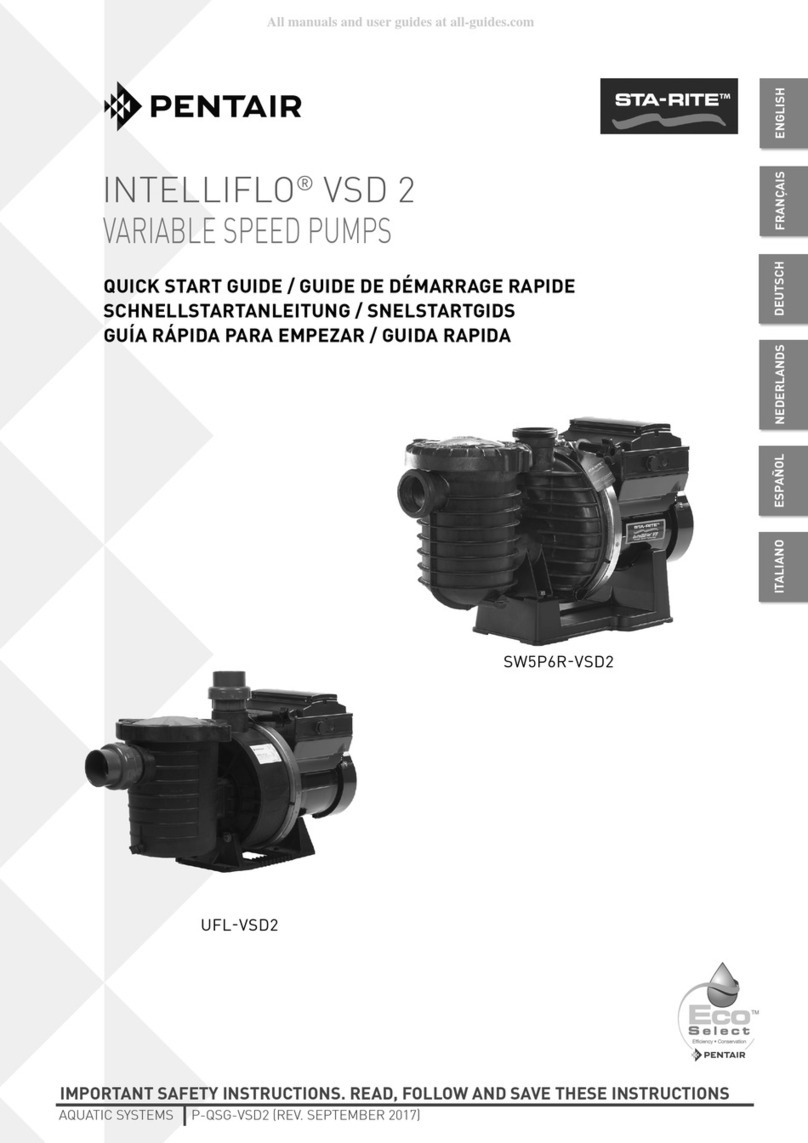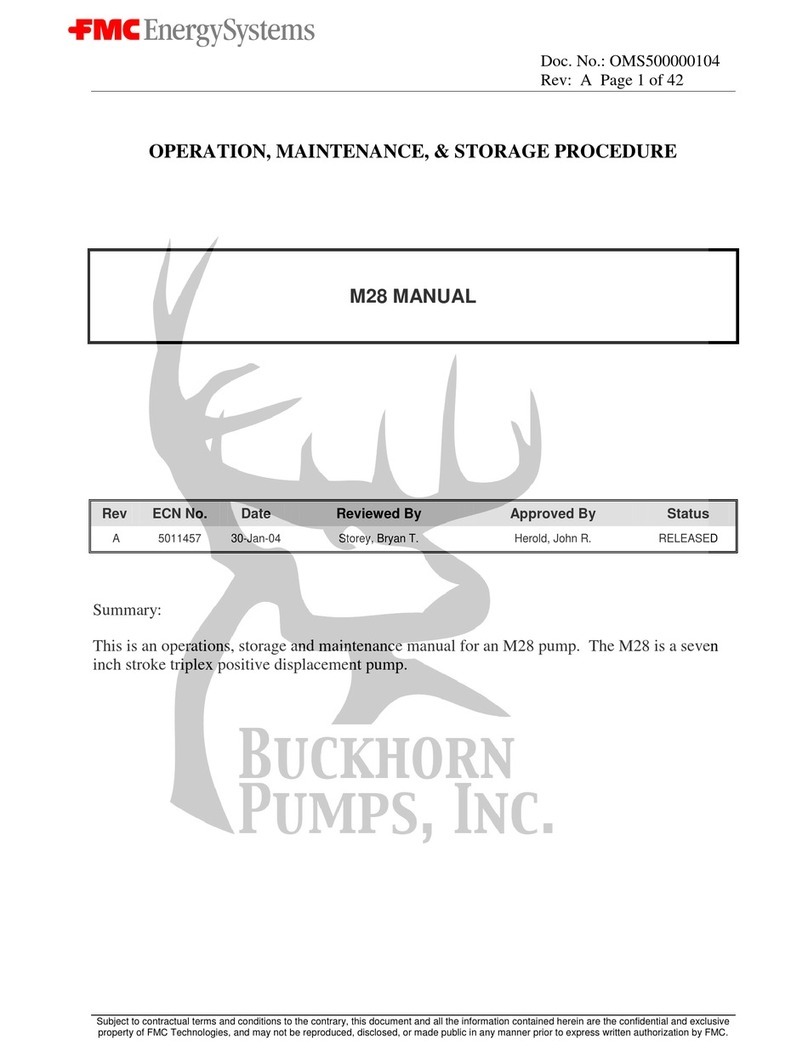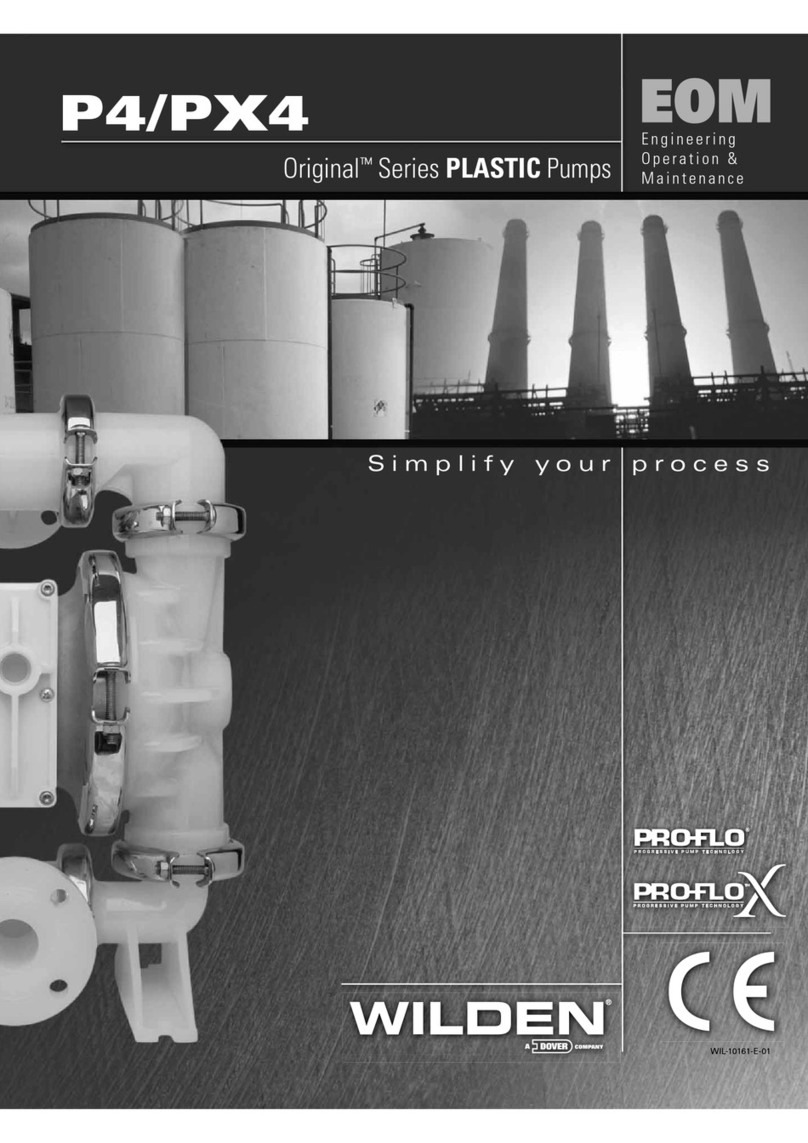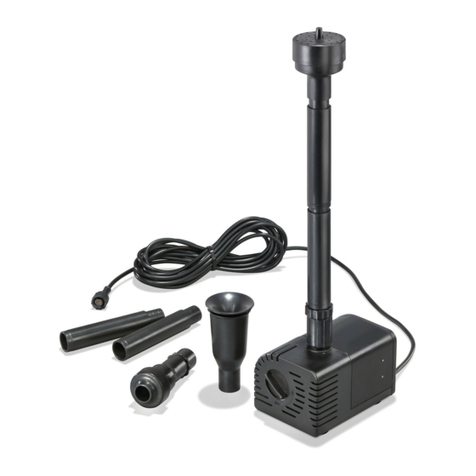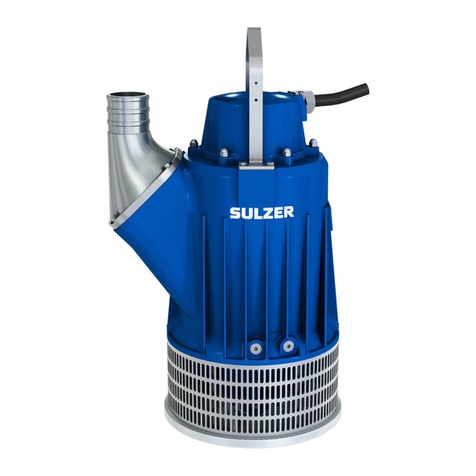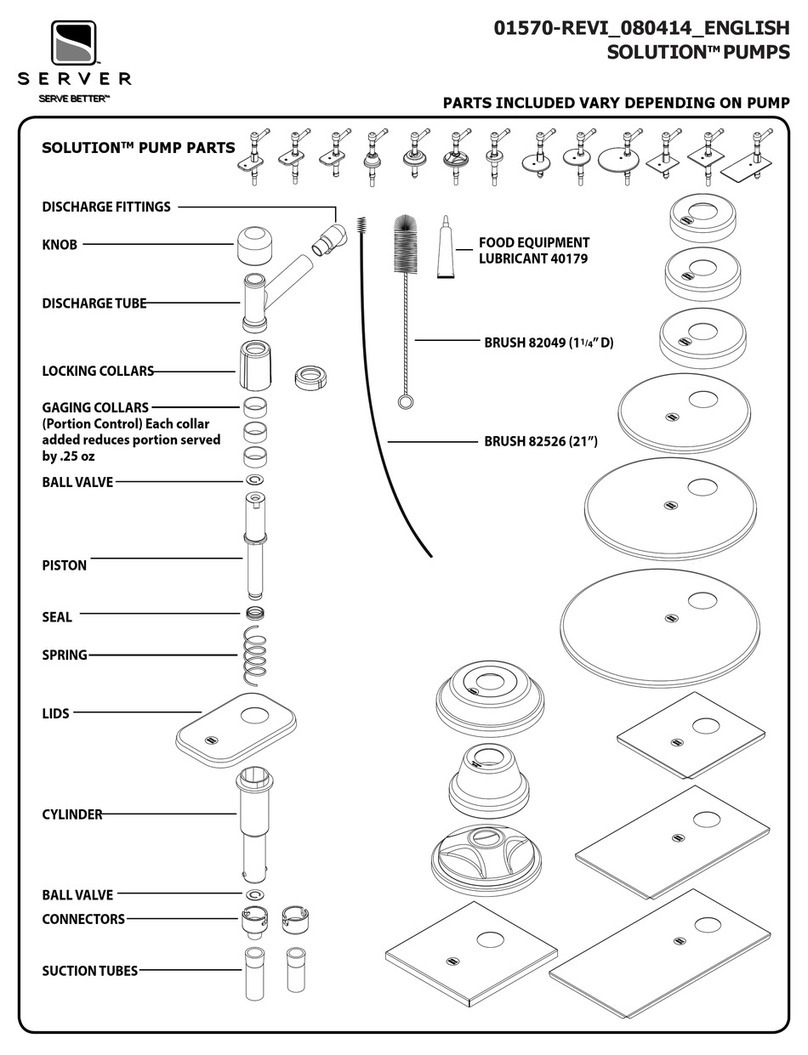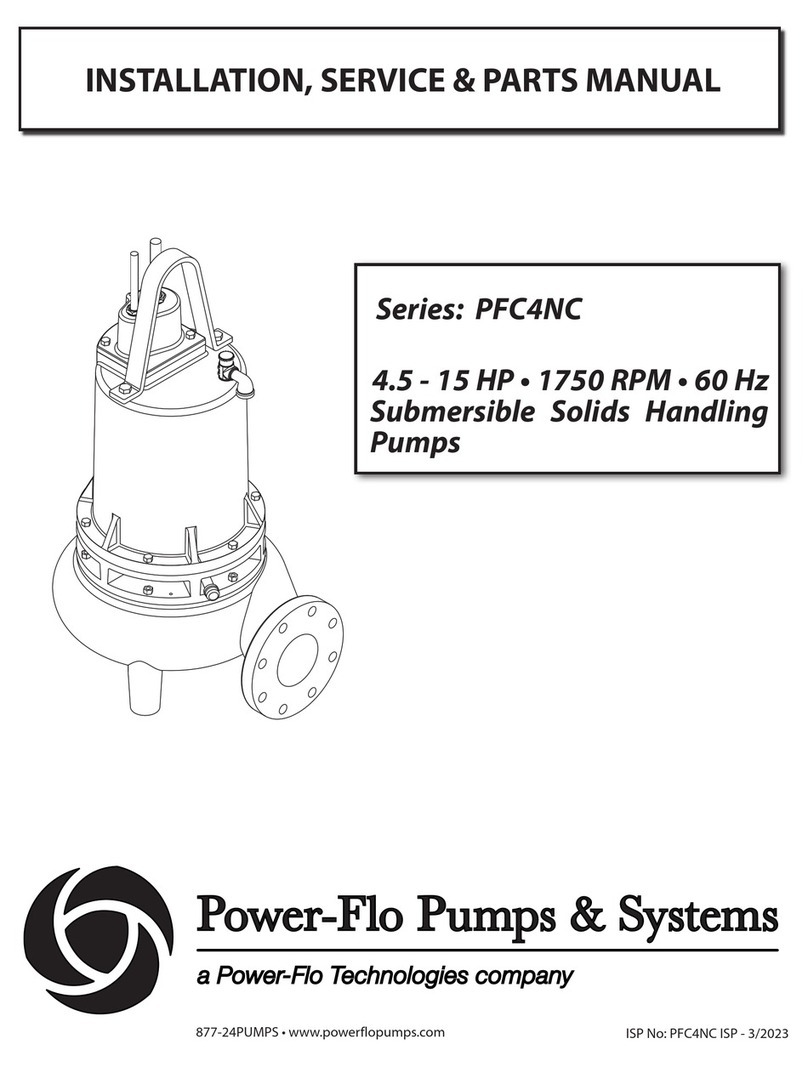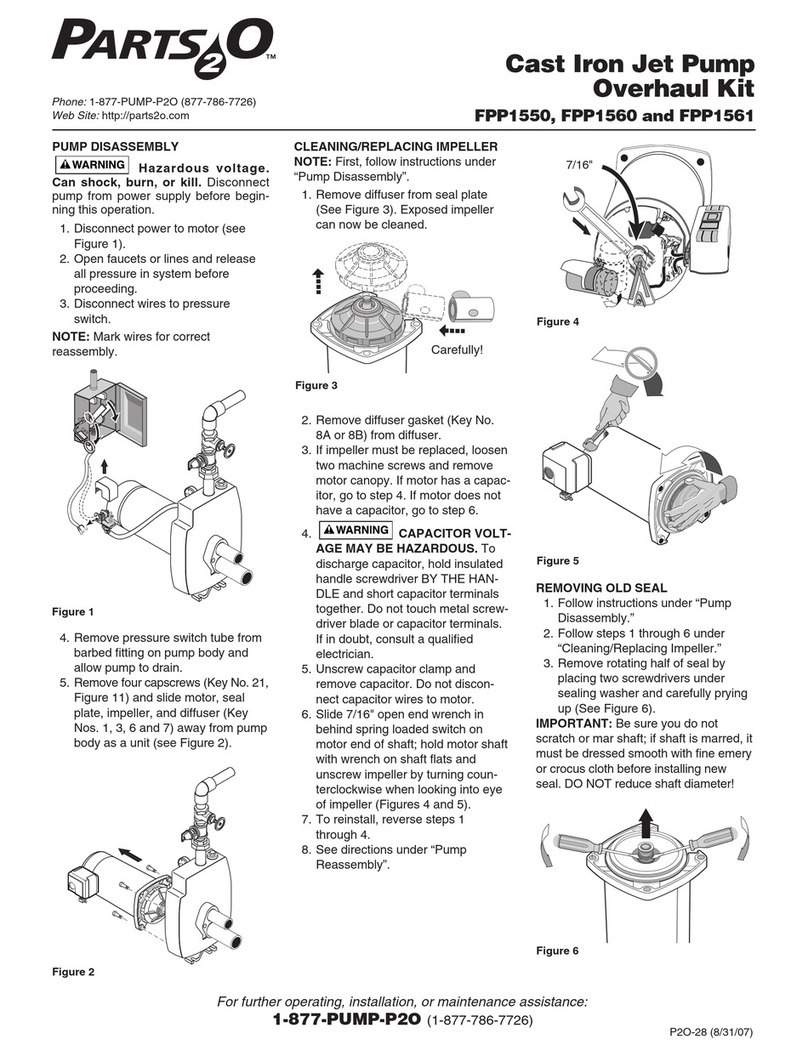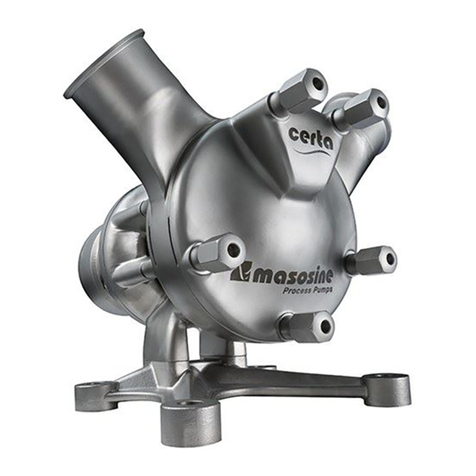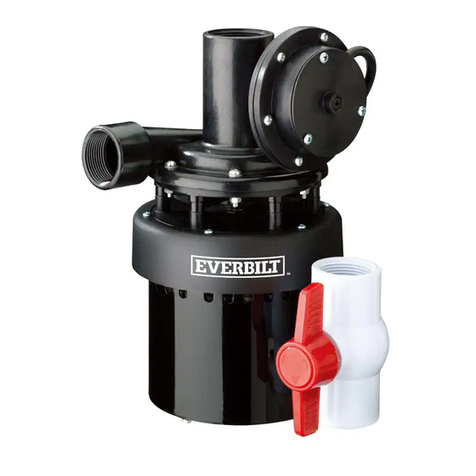
3
check valve must be installed on
each pump. A gate or plug valve in
each pump discharge is highly
recommended. This valve should be
installed on the discharge side of the
check valve so if necessary to service
the check valve, the line pressure
can be cut off. Single pump systems
are sometimes installed without a
check valve where it is desirable
to self-drain the discharge line to
prevent freezing. This can be done
only with short discharge lines; oth-
erwise water will return to the sump
and cause short cycling of the pump.
Making Electrical Connections:
All electrical wiring must be in
accordance with local code, and only
qualified electricians should make
the installations. All wires should
be checked for shorts to ground
with an ohmmeter or Megger after
the connections are made. This is
important, as one grounded wire can
cause considerable trouble.
IMPORTANT: If equipment is
not properly wired and protected
as recommended, Hydromatic
warranty is void.
Heat Sensor and Seal Failure
Connections:
If a Hydromatic control panel
is used, terminal blocks are
provided for heat sensor, seal failure
connections. If a control panel is
supplied by others, it must allow heat
sensor and seal failure terminations.
Pump Operations
Starting System:
1. Double check all wire
connections.
2. Turn pumps to Off position
on H-O-A switches.
3. Turn on breakers.
4. Turn H-O-A switch to Hand
position on one pump and
notice operation. If pump is
noisy and vibrates, rotation
is wrong. To change rotation,
interchange any two line
leads to pump. Do not
interchange main incoming
lines. Check rotation of all
pumps in this same manner.
5. Now set both H-O-A switches
to Auto position and allow
water to rise in sump until one
pump starts. Allow pump to
operate until level drops to turn-
off point.
6. Allow sump level to rise to
start other pump(s). Notice run
lights to panel. Pumps should
alternate on each successive
cycle of operation.
7. Turn both H-O-A switches to
Off position and allow sump
to fill to the override control
level(s).
8. Turn switches to Auto position,
and pumps should start and
operate together until level
drops to turn-off point.
9. Repeat this operation cycle
several times before leaving the
job.
10. Check voltage when pumps
are operating, and check the
amp draw of each pump.
Check amps on each wire as
sometimes a high leg will
exist. One leg can be somewhat
higher by 5 to 10 percent
without causing trouble. For
excessive amp draw on one
leg, the electric utility company
should be consulted.
Pump Maintenance
As the motors are oil filled, no
lubrication or other maintenance is
required.
If the heat sensor and seal failure are
hooked up properly, no attention is
necessary as long as the seal failure
indicator light doesn’t come on. To
ensure continuity of the seal sensor
leads, a test light is provided on
intrinsically safe Hydromatic panels
as standard equipment.
Pump should be checked every
quarter for corrosion and wear.
Field Service on Hydromatic
Hazardous Location Pumps:
If a Hydromatic hazardous location
pump is used in a hazardous location,
or if the pump is still in warranty,
the pump must be returned to the
factory for service or repaired at an
authorized Hydromatic service
center. Charges will not be allowed
if in warranty pump is not taken to
an authorized Hydromatic service
center. This will ensure the integrity
of the hazardous location rating of the
pump and comply with our warranty
requirements.
Disconnecting Pump Cords:
If a Hydromatic hazardous location
pump is to be removed from its
location, the pump cords may be
disconnected at control panel on
sump mounted control panels and
cord assembly taken with pump.
CAUTION: If cord openings from
sump to control panel are open, gases
from sump could enter panel and an
explosive condition could exist.
Replacing Cords:
The power cord and heat
sensor - seal failure cord is potted
into the connection box cap, forming
the cord and cap assembly.
If cords require replacement due to
damage or cords being too short, cord
and cap assembly must be replaced as
a complete assembly available from
factory.
Check pump for proper rotation
before returning to normal service.
Replacing Lower Seal, Impeller or
Volute:
The wet end components may
be repaired or replaced by an
authorized Hydromatic service
facility without compromising the
hazardous location rating to the
pump.
NOTE: Any time the seal is
disturbed, it must be replaced.










